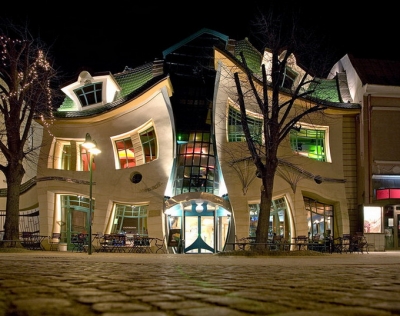Which is a global biodiversity hotspot in India?

A UNESCO World Heritage Site and one of the world’s eight biodiversity hotspots, India’s Western Ghats are among the planet’s richest rainforests. The ghats are home to Mycena, a species of bio-luminescent fungus that emits light in the dark giving the impression that the forest is glowing! This spectacle has only been seen in a few areas of the Western ghats, particularly in regions within Maharashtra and Goa, only during the monsoons. Only around 70 of the over 1, 00,000 species of fungi are capable of bio-luminescence. While bio-luminescent waters and glowing marine organisms are common, terrestrial bio-luminescence is far less pronounced; the only two widely-known instances being fireflies and glow worms.
For thousands of years, the Western Ghats has supported a tenuous balance between agriculture and wildlife. The forest, which is heavily fragmented, remains imperiled by mining, industrial agriculture, ongoing deforestation, poaching, human-wildlife conflict, dams, roads, overpopulation, and even tourism.
The Western Ghats is home to more than 5,000 flowering plants, 139 mammals, over 500 birds, 288 freshwater fish, and 179 amphibians. New species continue to be found in the region.
India had been campaigning for six years to have the Western Ghats enshrined as a World Heritage Site.
Picture Credit : Google













